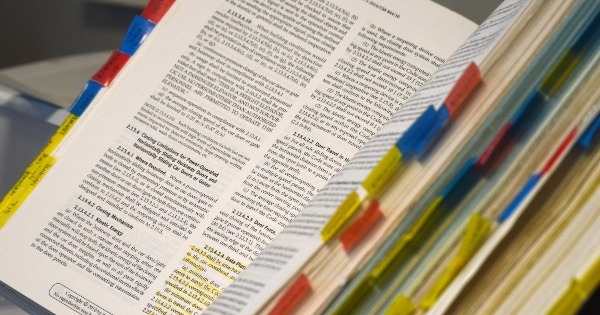MRA Reports Extreme Hot Summer Weather Causing Homeowners to Seek Better Performing Solutions to Keep Cool

Extreme early summer heat waves and threats of another devastating wildfire season this year are sparking a greater awareness among homeowners for the need to better protect their homes.
The Metal Roofing Alliance is providing tips and information for choosing roofs designed to help homeowners beat the heat while offering much greater performance, sustainability and resiliency for their homes.
Not all roofs are created equal, and that's especially true when it comes to controlling extreme summertime temperatures.
With a hotter-than-ever summer predicted in many parts of the U.S. and Canada, understanding how a roof performs to keep homeowners cool while maximizing energy savings is essential. Choosing the right materials, coatings and installation methods when replacing a roof makes a major difference for increased sustainability and comfort, and it adds up to real dollars and cents: Research indicates that homeowners can save up to 40 percent on annual energy costs by simply selecting the right type of roof and paying attention to proper installation practices.
To comprehend how roofs can increase efficiency through shielding against the sun's energy, it's important to understand the different types of sunrays, which are divided into UV, Visible and Infrared. Infrared, non-visible rays make up the biggest majority, and they produce heat. UV rays (non-visible, cannot be felt, yet can cause wear and tear on building materials) and visible rays account for the rest. While even basic, unpainted metal roofs will reflect more solar radiation than asphalt roofs, by choosing the proper colors and coatings, low-glare metal roofs reflect most non-visible, infrared and UV rays — the kind that produce heat and are the most damaging. And by emitting as much as 85 percent of solar heat gain to help keep homes cooler, even darker color metal roofs may help lower home temperatures during sizzling summer weather.
"There is a misconception out there that metal roofs may conduct more heat or cause a shiny glare when the sun hits them, but nothing could be further from the truth," said Renee Ramey, MRA executive director. "A quality cool metal roof can reflect and re-emit heat caused by mostly non-visible rays while also looking great and performing beautifully."
Many cool metal roofs are ENERGY STAR-qualified based on total solar reflectance and thermal emittance properties, a term that describes how much of a material's absorbed energy is released and emitted back into the atmosphere (versus causing indoor temperatures to rise). The Environmental Protection Agency estimates an ENERGY STAR labeled roof can lower roof temperatures by as much as 100 degrees F.
Other tips to ensure your new roof will deliver extreme heat protection, maximum energy savings and long-term satisfaction:
- Ask your installer what methods they plan to use to help ensure extreme temperature protection and performance.
- Pay attention to air flow and ventilation — both of which are essential in all seasons. Good eve and ridge ventilation systems help maintain consistent roof temperatures.
- Check building codes in your area to make sure your insulation meets or exceeds standards.
- Consider other potential threats; areas that experience extreme heat also are often prone to wildfire danger. Many quality metal roof systems carry a Class A fire rating — the best in the industry for fire resistance.
- Ensure your installer uses quality materials from a reputable manufacturer and offers solid warranties. For metal roofs, check to see if they are members of industry-leading organizations that stand for quality, including the MRA.
- Choose the most sustainable material possible to help increase energy efficiency while reducing waste. Metal roofs save energy, can last up to three times as long as other materials and are 100 percent recyclable at the end of their long life.
- Do your homework before you re-roof. Learn more by tapping into free resources such as the MRA's Residential Metal Roofing Buyer's Guide at http://www.metalroofing.com
"Choosing the right roof has a big impact on a homeowners' budget and bottom line," said Ramey. "When it comes to comfort, practicality and performance all year long, quality metal roofs simply make more sense and are more sustainable."
About Metal Roofing Alliance (MRA)
Representing the residential metal roofing industry in the United States and Canada, the Metal Roofing Alliance (MRA) was formed to help educate consumers about the many benefits of metal roofing. The main objective of MRA is to increase awareness of the beauty, durability, and money-saving advantages of quality metal roofing among homeowners, as well as to provide support to the residential metal roofing industry. For more information, visit MRA at http://www.metalroofing.com.










Comments
Leave a Reply
Have an account? Login to leave a comment!
Sign In